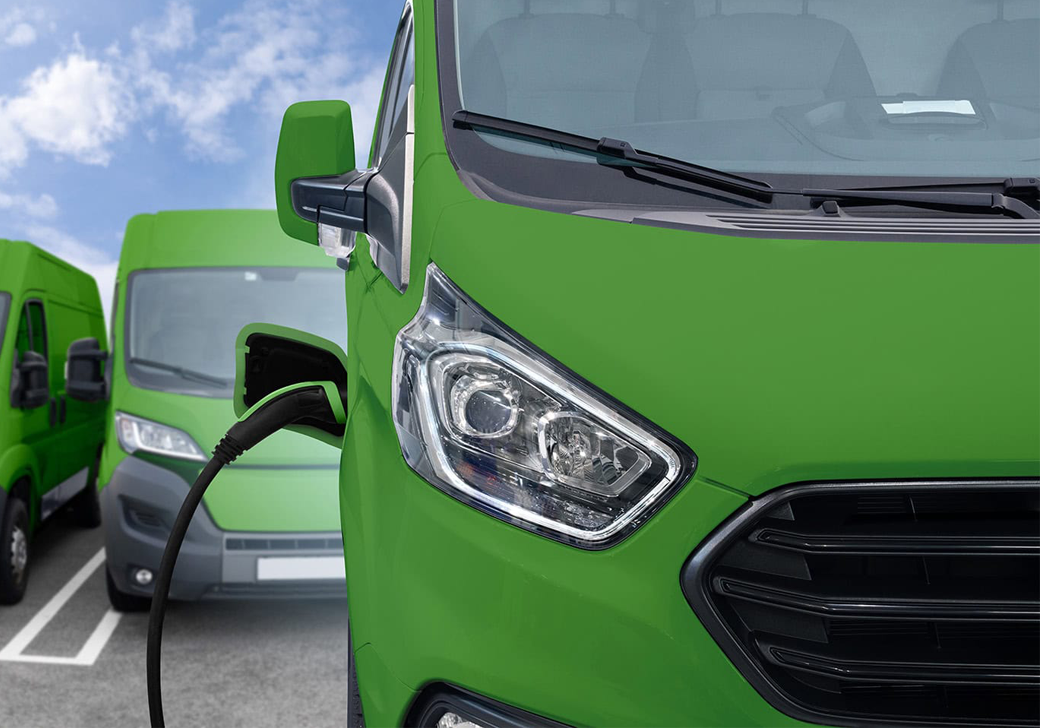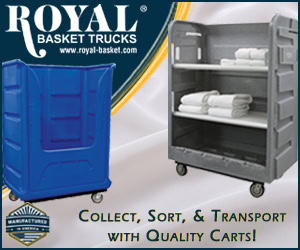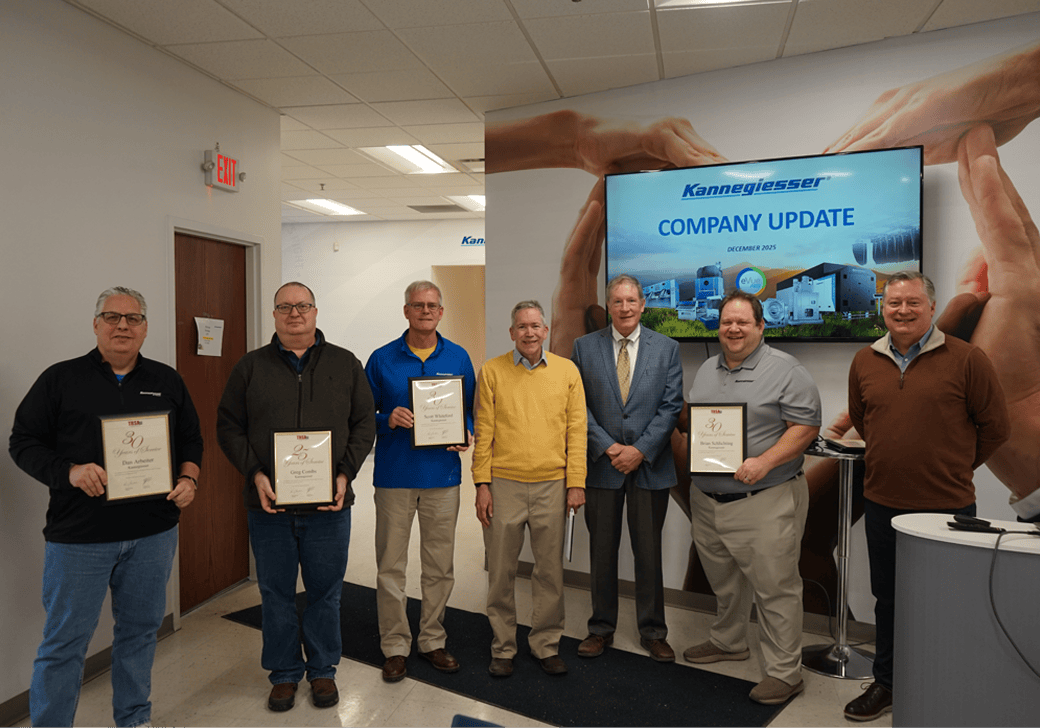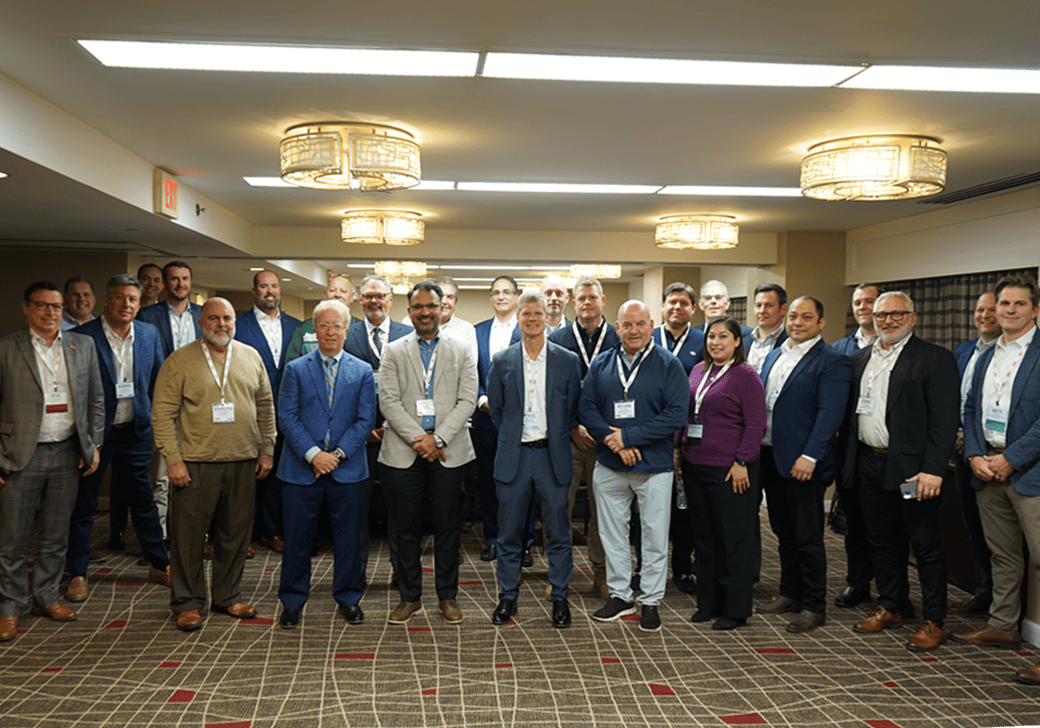The recent withdrawal of a federal waiver for California’s Advanced Clean Fleets (ACF) rule has led laundry operators to tap the brakes on plans to convert their fleets to zero-emission vehicles (ZEVs), according to sources contacted by Textile Services Weekly.
“We did have to pivot due to the Advanced Clean Fleets Rule,” says Gerson Ramirez, fleet and transportation manager for American Textile Maintenance (ATM), Los Angeles. He notes that while ATM remains committed to the goal of eliminating trucks powered by gasoline or diesel, they’re now taking a more measured approach. A key reason is the January suspension of a 2035 deadline for companies to implement 100% ZEVs. “We had been investing in infrastructure and vehicle purchases,” Ramirez says. “But when the rules shifted, we reduced our planned investment by nearly 40%. This included scaling back on ZEV trucks and fast chargers. That said, we remain committed to the ZEV transition and will continue once vehicle and infrastructure price points become more favorable.”
Another company, Alsco Uniforms, Salt Lake City, has made a similar commitment to converting its fleet to ZEV rather than using trucks powered by fossil fuels. But Jen Pemberton, senior manager, fleet & routing, for Alsco Uniforms, says her company also is slowing its conversion effort since the EPA withdrew its waiver, thus putting California’s ACF rule on hold. “So when there was the announcement that the withdrawal of that waiver had gone through, it was kind of a big relief for a lot of companies,” she says. “I mean, to be honest, and I think the reason behind that is because initially the requirements that were set forth were quite aggressive.”
The (now withdrawn) ACF mandates developed by the California Air Resources Board ([CARB] click here for details) included:
Percentage of vehicles that must be ZEVs
Milestone Group 1: Box trucks, vans, buses with two axles, yard tractors, light-duty package delivery vehicles:
- 10% by 2025
- 25% by 2028
- 50% by 2031
- 75% by 2033
- 100% by 2035 and beyond
Eight other states, including Colorado, New York and North Carolina, had pledged to implement California’s groundbreaking ACF rules on fleets. That’s all on hold for now. But the operators we contacted said that rather than abandoning their ZEV strategies, they’re refining them. None say they’re backing off from the goal. “It’s given us all an opportunity to take a step back and plan more thoroughly how we implement this – not just into our fleet – but also, into our routes,” Pemberton said. “How do we plan through effectively getting electrical capabilities on site within our facilities and things like that.”
Most observers acknowledge that the limited range and available charging infrastructure for ZEVs have slowed their acceptance in the market. However, Ramirez notes that he’s seen progress recently, at least in California. “We have seen a modest increase in public charging sites, including the addition of fast charging in some locations,” he says. “There has also been progress with depot charging facilities, large lots equipped with chargers, parking for ZEV trucks, restrooms and driver lounges. One site is already operational, and another is nearing completion.” Charging times can range from 8-10 hours to as little as 30 minutes, depending on the type of battery the vehicle uses.
Another independent linen, uniform and facility services provider, Shasta Linen Supply, Sacramento, CA, has invested in its charging infrastructure, says President and CEO Noël Richardson. She sized up the pros and cons of moving aggressively to ZEVs, noting that her decision was based in part on an expectation that the state soon would implement its ACF rule. “The EV trucks run well,” she says, noting that the company has purchased five EVs – half of their fleet of 10 vehicles. “We have our own chargers and have worked out which routes can accommodate the distance. It hasn’t been a cost savings; charging isn’t inexpensive. We don’t have any maintenance costs, which is great, but the truck itself is still way more expensive than a gas truck. I wouldn’t have made the change. But I thought we would have to, and I wanted to take advantage of the incentives that were offered.” Other benefits of moving to ZEVs include Shasta Linen gaining praise from its local electric utility provider and others for its commitment to sustainability. “I know that we have gotten recognition for our efforts to be mindful of the environment, and that feels good,” she said.
Watch for follow-up coverage of this issue in Textile Services magazine.
Publish Date
October 10, 2025
Categories
Sign Up For Our Newsletter
Receive the latest updates on the linen, uniform and facility services industry from TRSA delivered straight to your inbox.







